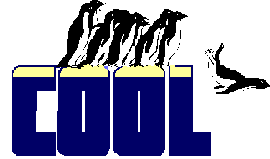
The second problem feels like a bug. A form set can have only one cancel button and one default button at a time. But Visual FoxPro isn't consistent about what to do if you mess up and specify more than one. When you change the Default property of any button in a form set to .T., the Default property for every other command button in the form set is set to .F. on the spot. When you set Cancel to .T., any other buttons' Cancel properties don't change. When you run the form, the first button created with Cancel=.T. wins, if it's enabled.
